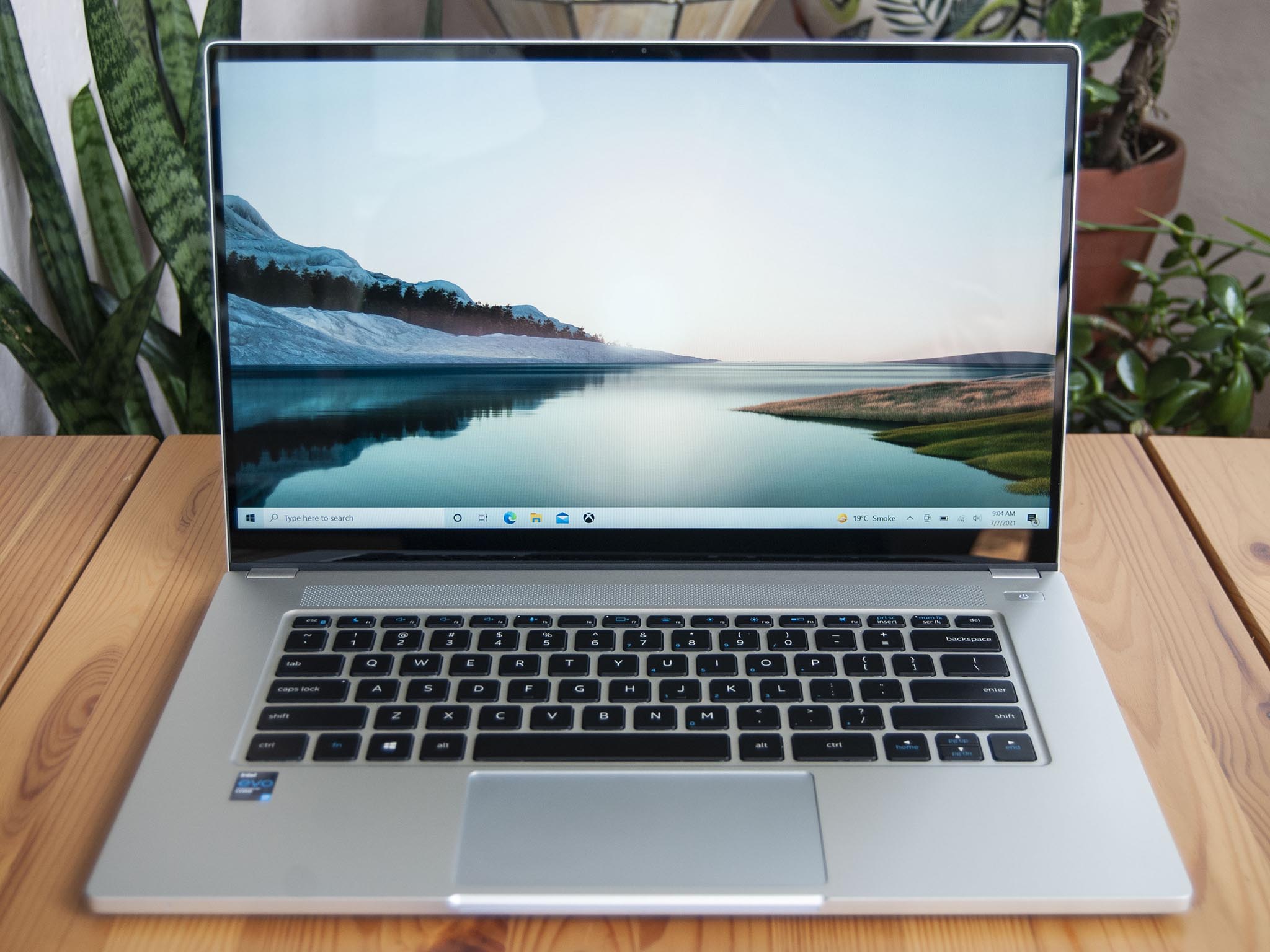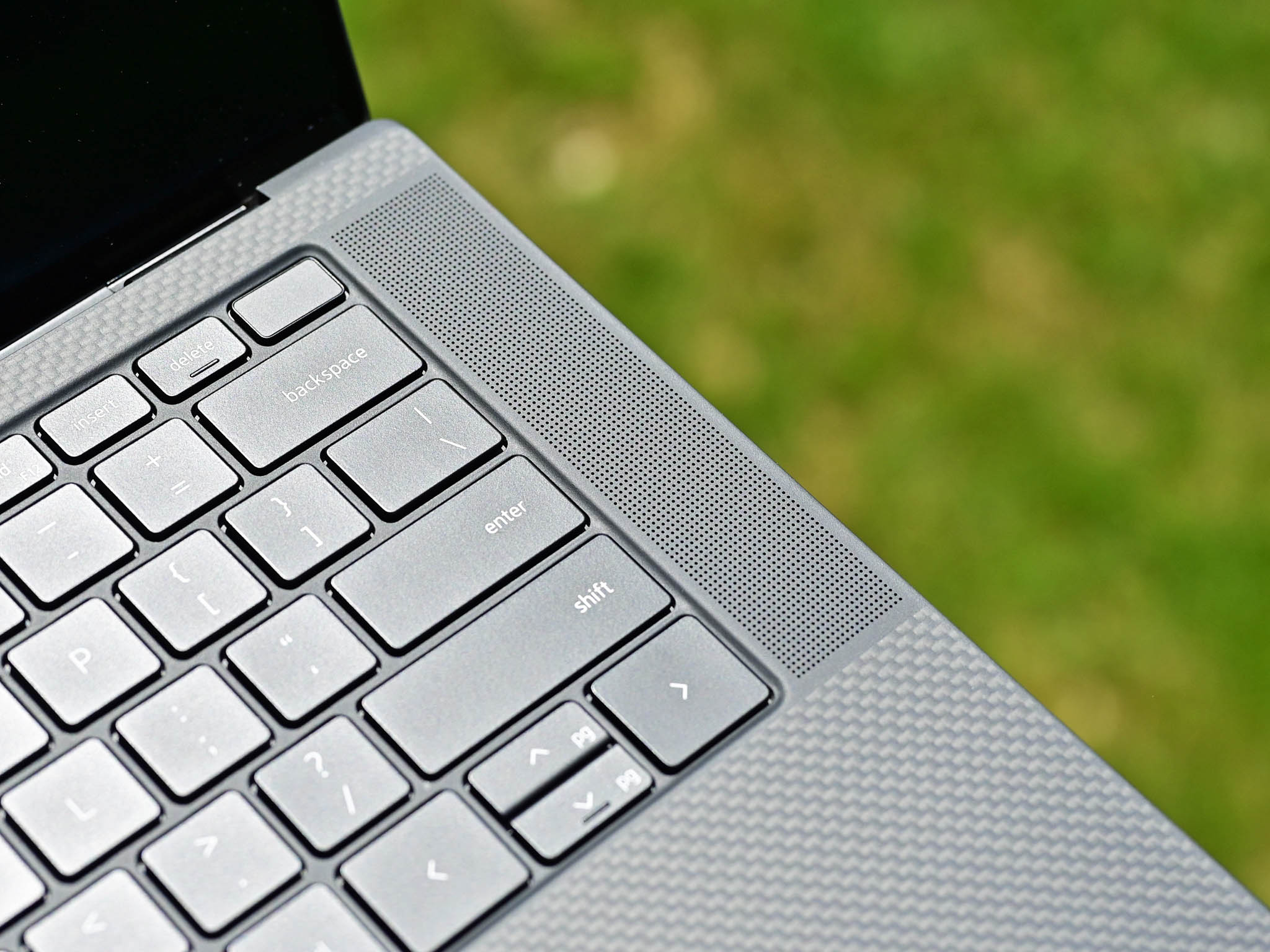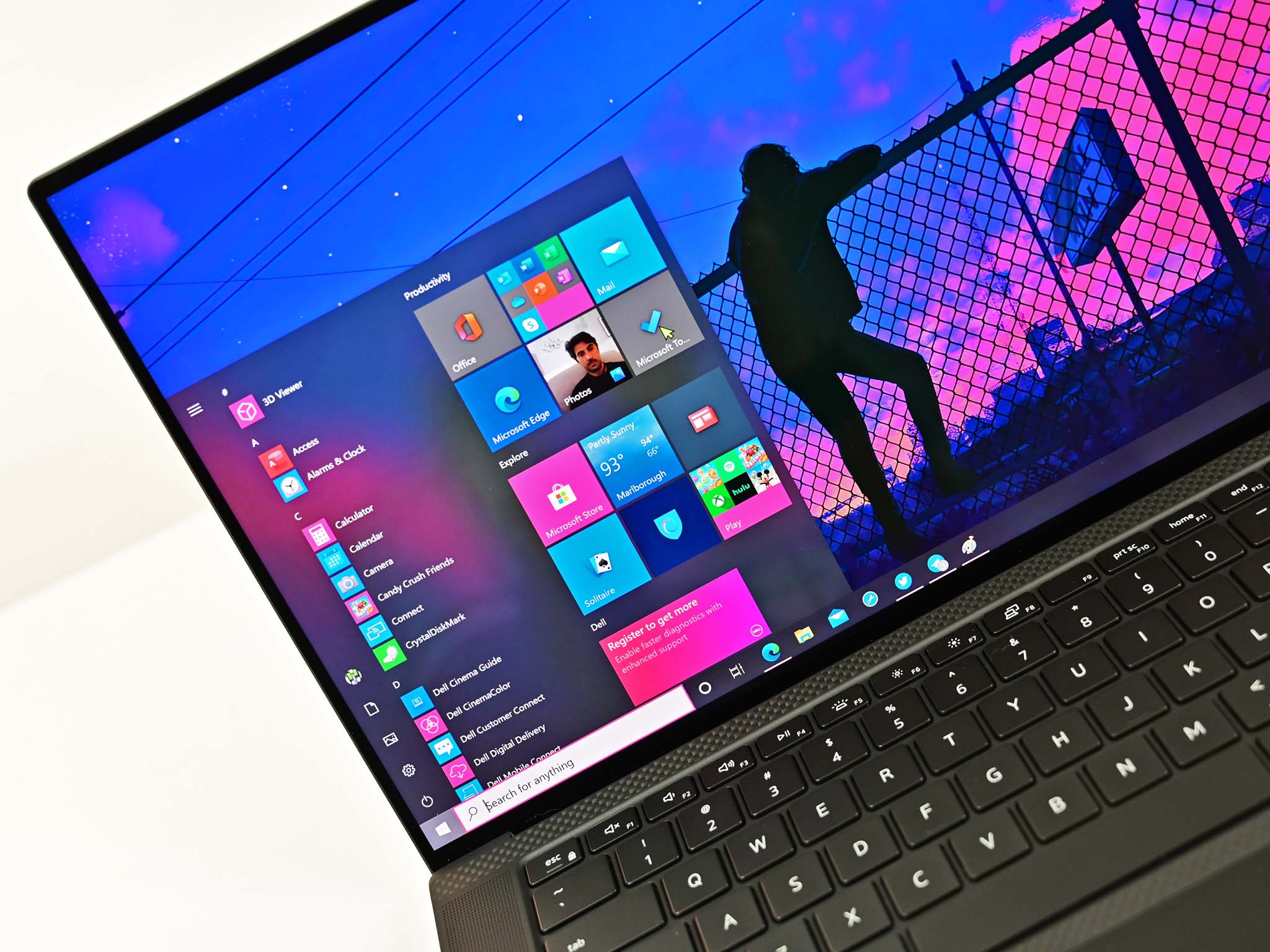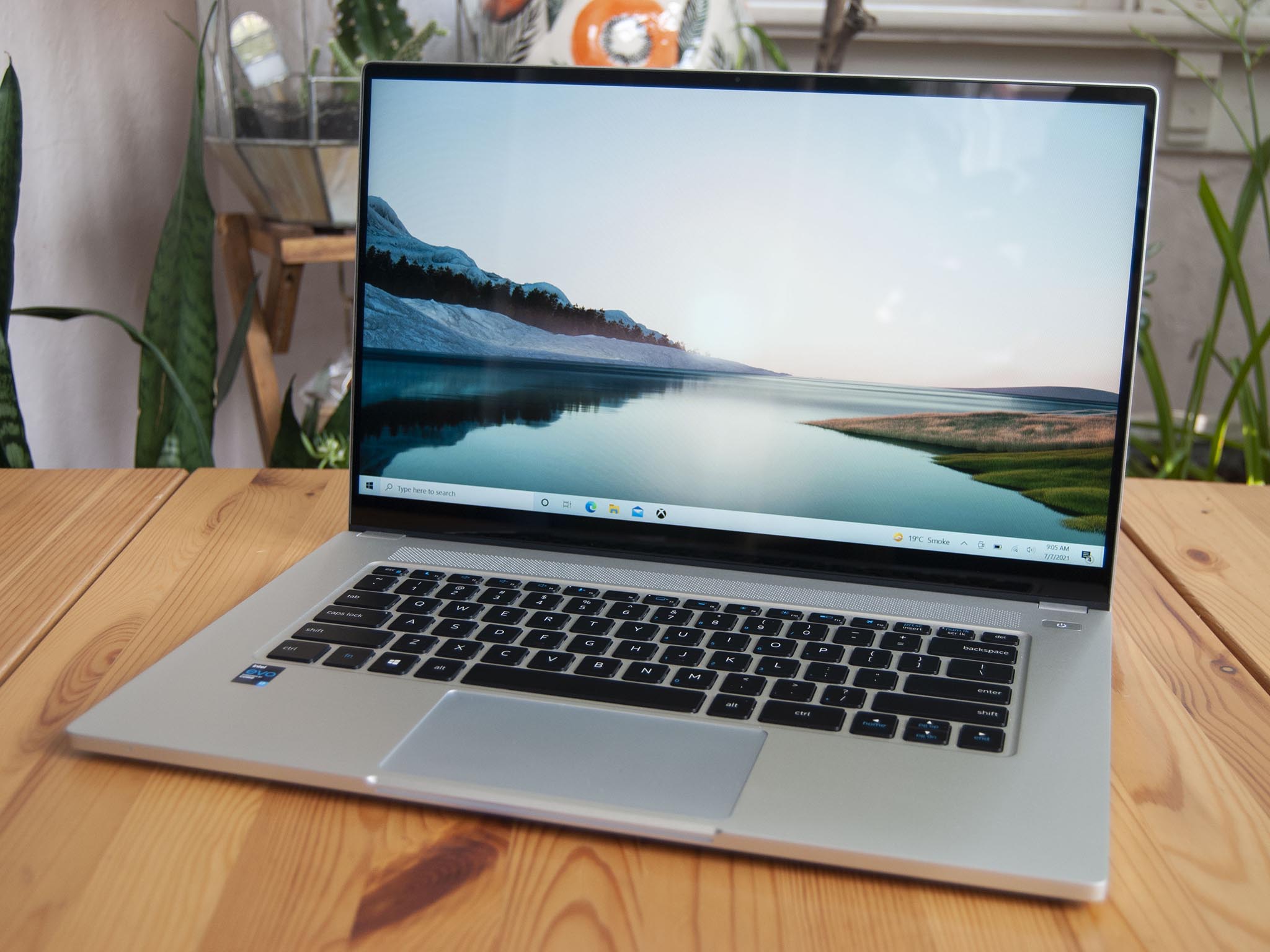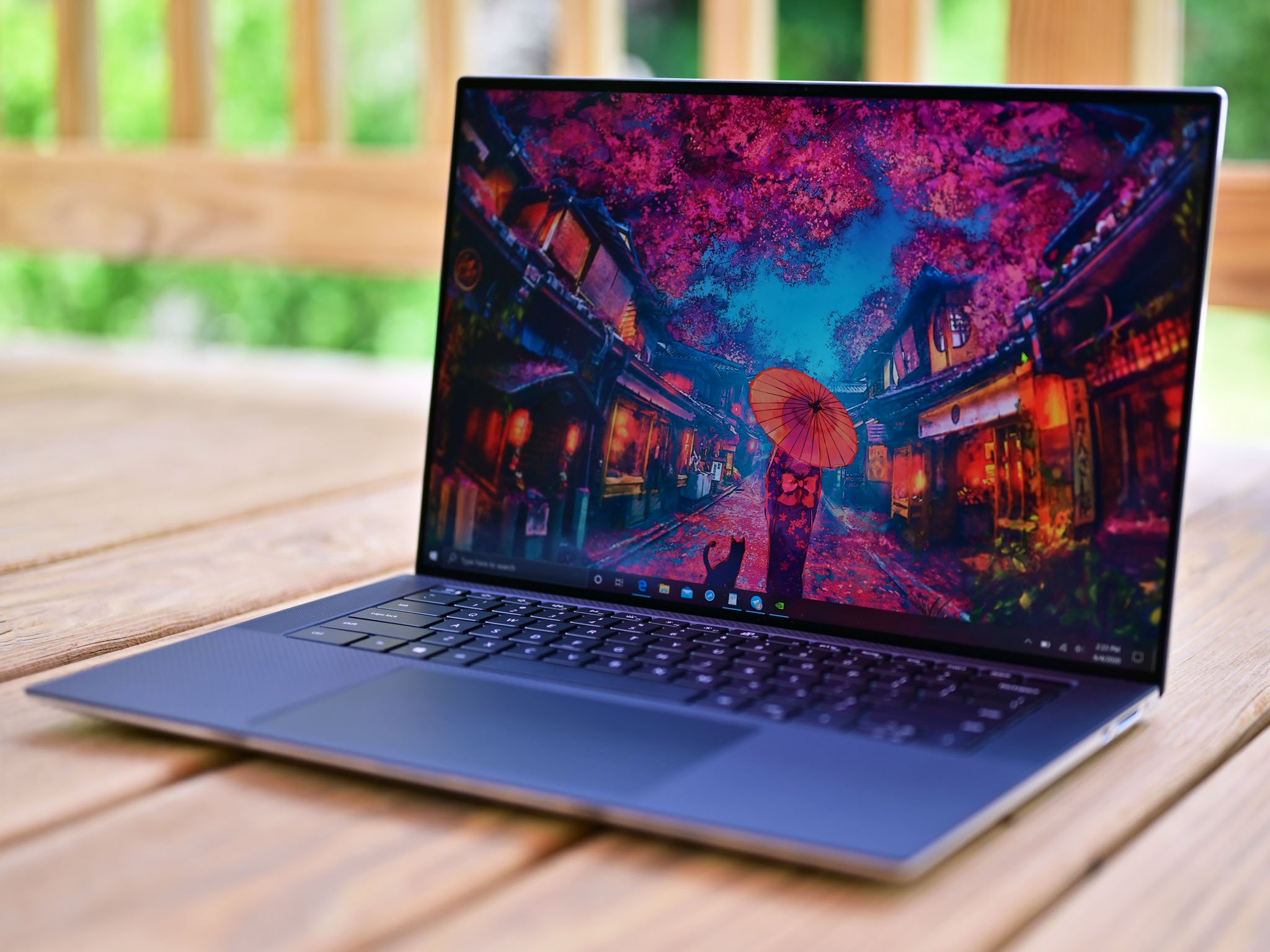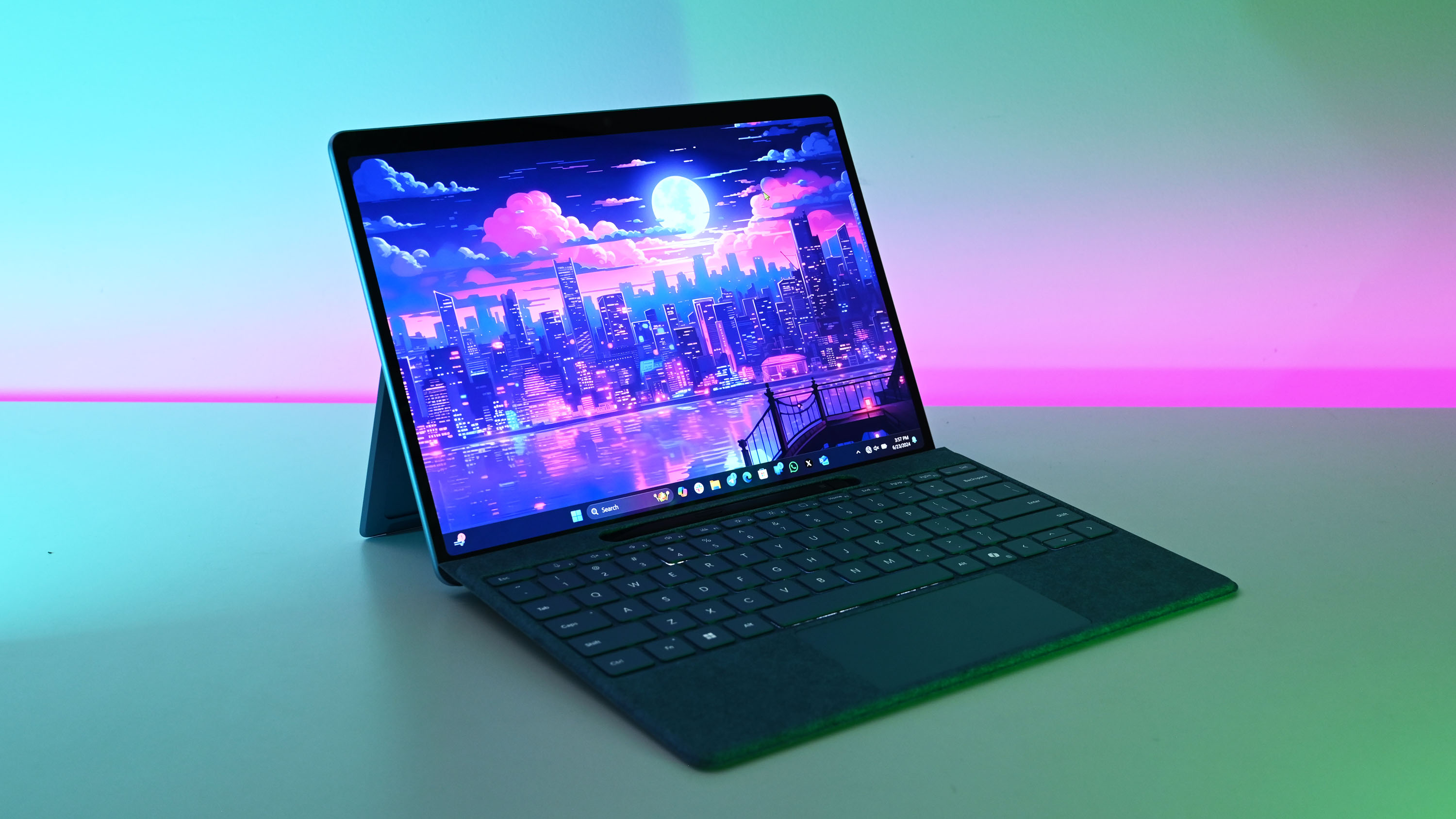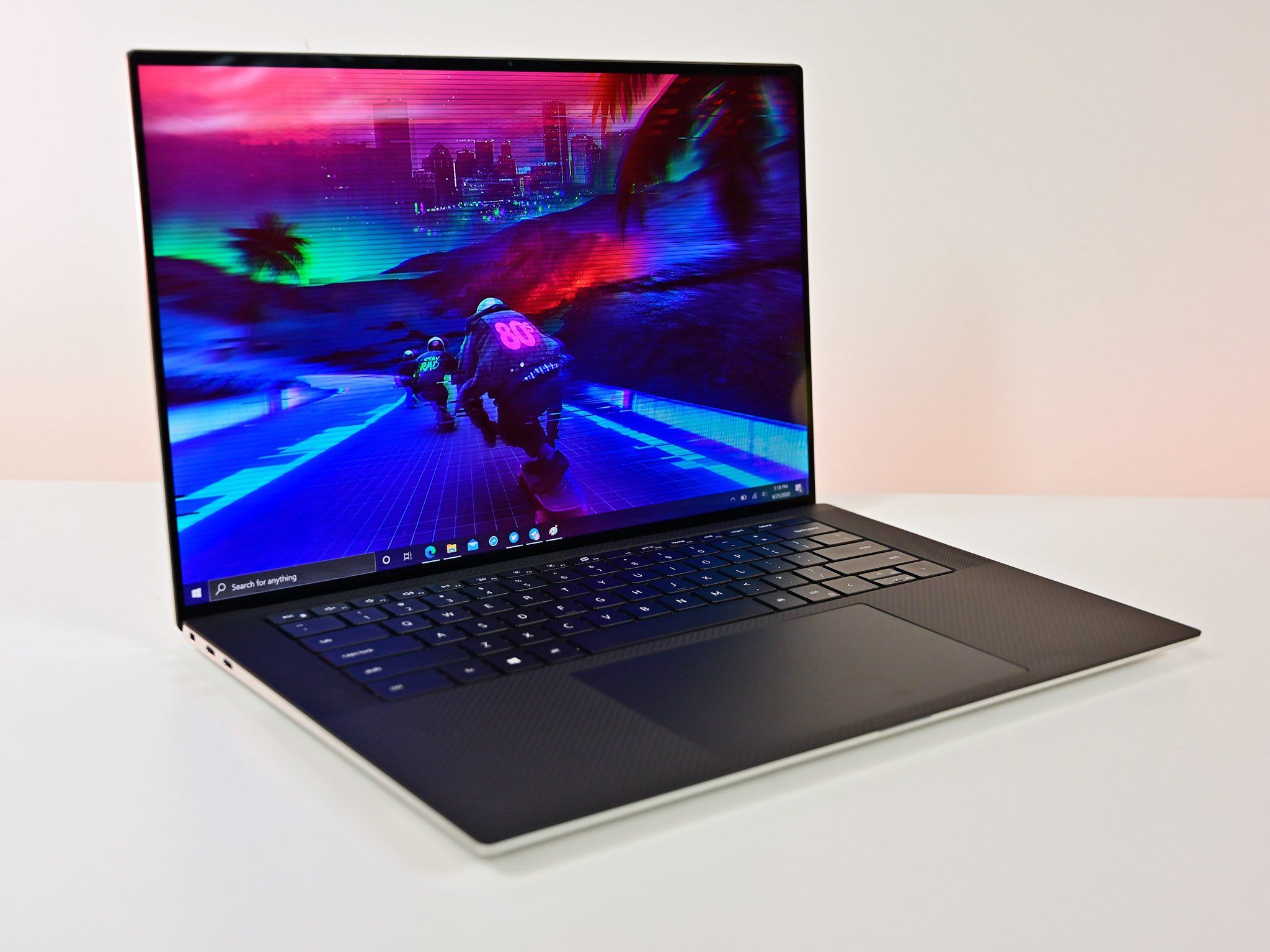
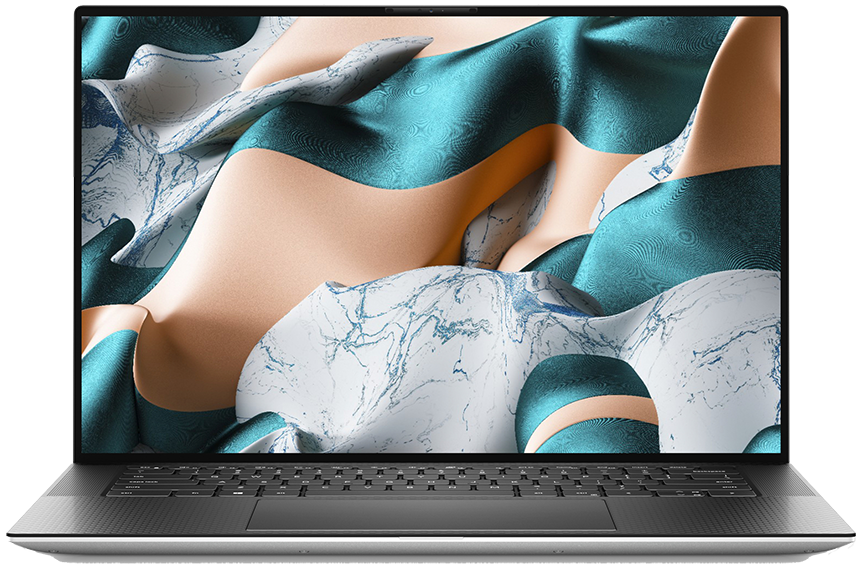
Best 15-inch laptop
Dell's XPS 15 is our pick for best 15-inch laptop thanks to a premium design, excellent keyboard and huge touchpad, knockout display options, and high-end performance. If you have the budget, it's the way to go. Check out the NVIDIA RTX 3050 Ti and 3.5K OLED display as highlights.
Pros
- 16:10 aspect ratio displays are incredible
- Keyboard and touchpad are outstanding
- High-end performance with discrete GPU
- Premium construction
- Dual Thunderbolt 4
Cons
- Costs more
- No USB-A or HDMI
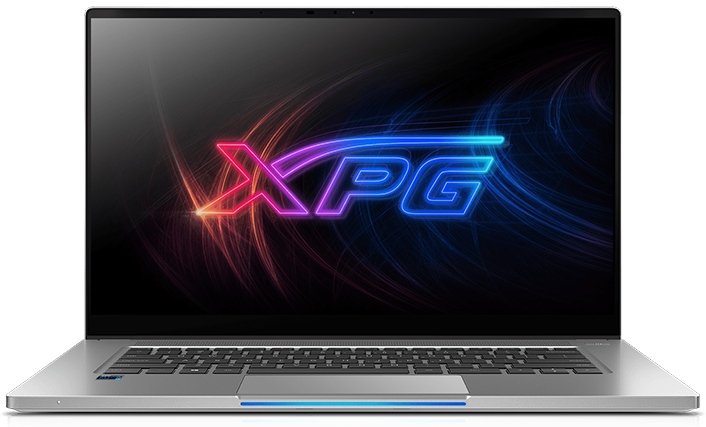
Intel Evo Ultrabook
XPG's Xenia Xe offers excellent performance despite its lack of discrete GPU. The PCIe 4.0 SSD is a big bonus, and battery life is outstanding. It also has high-end features like presence detection, IR camera, and Thunderbolt 4. If you're on a tighter budget, it should be the better choice.
Pros
- Dual Thunderbolt 4
- PCIe 4.0 storage is so fast
- Presence detection and IR camera
- Generally more affordable
- Long battery life and awesome notebook performance
Cons
- No SD card reader
- Keyboard is inferior
- 16:9 aspect ratio display
- Fairly plain design
Dell XPS 15 vs. XPG Xenia Xe tech specs
Dell's XPS 15 was recently updated to the 9510 model, a refresh that brings a new 3.5K OLED display option, RTX 3050 Ti discrete GPU, dual Thunderbolt 4 ports, and Intel's 11th Gen H-series CPUs. We most recently reviewed the Dell XPS 15 9500, the model just before the latest 9510.
XPG's Xenia Xe is an Ultrabook based on Intel's NUC M15 reference design, and it's the second laptop from XPG (the first being the XPG Xenia 15 gaming laptop). Our XPG Xenia Xe review has more information about the laptop.
Following are the specs that can be found in each laptop.
| Header Cell - Column 0 | Dell XPS 15 9510 | XPG Xenia Xe |
|---|---|---|
| OS | Windows 10 Home Windows 10 Pro | Windows 10 Home |
| Processor | 11th Gen Intel Core i5-11400H Core i7-11800H Core i9-11900H | 11th Gen Intel Core i5-1135G7 Core i7-1165G7 |
| RAM | 8GB, 16GB, 32GB, 64GB DDR4-3200MHz | 8GB, 16GB LPDDR4x-4266MHz |
| Graphics | Intel UHD Graphics NVIDIA RTX 3050 Ti (4GB) | Intel Iris Xe |
| Storage | 256GB, 512GB, 1TB, 2TB M.2 PCIe NVMe SSD | 1TB M.2 PCIe 4.0 SSD XPG Gammix S50 Lite |
| Display | 15.6 inches 16:10 aspect ratio Dolby Vision 1920x1200 (FHD+) Non-touch, 500 nits Anti-glare 3456x2160 (3.5K) Touch, OLED, 400 nits Anti-reflective 3840x2400 (UHD+) Touch, 500 nits Anti-reflective | 15.6 inches 16:9 aspect ratio 1920x1080 (FHD) Touch, 500 nits Glossy |
| Ports | Two Thunderbolt 4 USB-C 3.2 (Gen 2) 3.5mm audio SD card reader | Two Thunderbolt 4 Two USB-A 3.2 (Gen 2) HDMI 2.0b 3.5mm audio |
| Audio | Dual 2.5W, Dual 1.5W Top-firing | Dual stereo Down-firing |
| Connectivity | Killer Wi-Fi 6 Bluetooth 5.1 | Intel Wi-Fi 6 Bluetooth 5.1 |
| Camera | Front-facing 720p IR camera Dual-array microphones | Front-facing 720p IR camera Presence detection Quad-array microphones |
| Security | Fingerprint reader IR camera Wedge lock slot | IR camera Kensington lock slot |
| Battery | 56Wh, 86Wh | 73.4Wh |
| Dimensions | 13.57 x 9.06 x 0.71 inches (345mm x 230mm x 18mm) | 13.98 x 9.06 x 0.59 inches (355mm x 230mm x 14.9mm) |
| Weight | From 3.99 pounds (1.81kg) | 3.64 pounds (1.65kg) |
| Color | Platinum Silver with Black interior Frost with Arctic White interior | Silver |
Design and features
The XPS 15 and the Xenia Xe are both well-built aluminum laptops packing many features. The Xenia Xe is slightly lighter and thinner than the XPS 15, though the Dell laptop's overall footprint is just a bit smaller. The look of the XPS 15 is much more stylized, available in Platinum Silver with Black interior or Front exterior with Arctic White interior. The carbon fiber or woven glass palm rests are certainly fetching as well. Conversely, the Xenia Xe is far more plain. Its Silver finish throughout is unmarked save for an XPG logo on the lid. Some might like the plain look, while others will need something with more style.
Opening the laptop, the Xenia Xe has a grille above the keyboard that acts as a bit of extra ventilation. Otherwise, you're looking at a plain silver surround. The XPS 15's keyboard is closer to the display hinges, leaving more space below for palm rests and touchpad. It also has top-firing speakers flanking the keyboard for unmuffled audio. The four total speakers in the XPS 15 put out excellent audio that can't be beat; the Xenia Xe's two down-firing speakers are good but not great.
As for the keyboard itself, the XPS 15 has things nearly perfected. Keycaps are large, keys have about 1.3mm of travel, and there's a backlight for working after hours. The Xenia Xe's keys have about 1.2mm of travel, but it's the tiny keycaps and wide spacing that might turn you off. If you're someone who types all day, I absolutely recommend the XPS laptop. The Xenia Xe will get the job done, but Dell has focused a lot of typing for the last two generations of the XPS 15. The touchpad on both laptops is excellent, making good use of available space. The one on the XPS is larger overall, but the Xenia Xe's isn't far behind.
Ports are a bit varied, and you might lean toward one laptop over the other depending on your work scenario. Both have dual Thunderbolt 4 and 3.5mm audio, but the Xenia Xe complements them with two USB-A and HDMI. The XPS 15, on the other hand, adds USB-C and an SD card reader. If you hate dongles you'll probably have a better time with the Xenia Xe, but the addition of a card reader is big for photographers. Both laptops offer Wi-Fi 6 and Bluetooth 5.1.
All the latest news, reviews, and guides for Windows and Xbox diehards.
You get a front-facing 720p camera no matter the laptop you choose, and both also have an IR camera for Windows Hello. The XPS 15 also adds a fingerprint reader as an alternative biometric method. That's a win for Dell, but XPG also has a specialty: presence detection is, well, present in the Xenia Xe. That means your laptop will unlock automatically as soon as you approach, as long as you have Windows Hello enabled. It also means your laptop will lock if you walk away, great for life at an office.
The XPS 15 does have a lid sensor that can get the laptop up and running in a snap when it senses you're opening it, but there's no presence detection. Overall both of these laptops are well built and have their fair share of features. The main differences here are the speakers and keyboard; if you truly value either one, the XPS 15 should likely be a bit more attractive.
Display
Dell's XPS 15 really pulls away from the Xenia Xe when it comes to display options. Dell uses Sharp IGZO panels for its XPS line, which are nearly unbeatable. And now with the introduction of a Samsung 3.5K OLED screen, you have three stellar options to choose from. All have a taller 16:10 aspect ratio, and all offer Dolby Vision support. The cheapest is 1920x1200 non-touch with 500 nits brightness and an anti-glare finish. Moving up, the 3.5K OLED is touch-enabled with anti-reflective finish and about 400 nits brightness. Finally, the 4K+ model is touch with an anti-reflective finish and 500 nits brightness.
Color reproduction is exceptional, especially from the 4K display. If you're dealing with specialized design or development work, the 100% AdobeRGB and 94% DCI-P3 color coverage should be especially appealing. All displays stretch from top to bottom, side to side for a truly modern look.
The Xenia Xe has just one touch FHD display option available. It has a 16:9 aspect ratio and a glossy finish, but at least 493 nits peak brightness helps combat glare. It offers 97% sRGB, 78% AdobeRGB, and 80% DCI-P3 color reproduction, which are solid results for most scenarios.
Performance and price
The Xenia Xe is a top performer when it comes to Intel Ultrabooks, no doubt helped along by Intel Evo certification. It doesn't have a discrete GPU like the XPS 15, but it's still going to be able to handle a heavy workload. The fast RAM and absolutely blazing PCIe 4.0 SSD no doubt make a big difference. That's one of XPG's special ingredients for this Intel reference laptop that a few companies use, and it's much appreciated. If you're looking for a laptop that can handle just about anything you throw its way save for truly specialized or GPU-intensive work, the Xenia Xe should handle it. And with more than 14 hours battery life from a charge, you won't be scrambling to find an outlet.
The XPS 15 is also a high-end machine when it comes to available performance. 11th Gen Intel H-series CPUs (up to a Core i9) and an available NVIDIA RTX 3050 Ti really push it to the next level. Depending on the display and hardware you choose, the battery life will no doubt not hit the same levels as the Xenia Xe. However, it's still respectable and should get you through most of a workday. And if you're in need of that extra graphics performance and beefier CPUs, you will want to go with the XPS.
A Xenia Xe with Core i5 CPU, 8GB of RAM, and 1TB PCIe 4.0 SSD costs about $1,200, but keep in mind there's just the one display option available. If you'd like to step up to a Core i7 model with 16GB of RAM and the same 1TB SSD, you're looking at about $1,400.
XPS 15 9510 models start at about $1,225 for a Core i5 CPU, 8GB of RAM, 256GB SSD, Intel UHD integrated graphics, and FHD+ display. If you'd like to take full advantage and get an RTX 3050 Ti GPU, it will also automatically bump things up to a Core i7 CPU, 16GB of RAM, and 512GB SSD. This configuration costs about $1,911. Prices continue to climb from there, especially as you add more pixels for the displays, so it's clear you'll be able to get a cheaper laptop if you stick with XPG.
Go with the XPS 15 for more configurations, more power
The XPS 15 9510 might cost more, but it's available with far more performance hardware and display options. If you want the best power, best display, and most style, it should be your first choice. Have a look at our collection of the best Windows laptops for many more options.

Dell's XPS 15 is our pick for best 15-inch laptop thanks to a premium design, excellent keyboard and huge touchpad, knockout display options, and high-end performance. If you have the budget, it's the way to go.
XPG's Xenia Xe is a quality Ultrabook brimming with great features
If you're looking to pay less, the XPG Xenia Xe is still a potent 15-inch laptop with PCIe 4.0 SSD, excellent CPU performance, and extra goodies like presence detection and IR camera. It's a bit plain looking and the keyboard doesn't compare, but it will save you some money and still deliver a lot of PC.

XPG's Xenia Xe offers excellent performance despite its lack of discrete GPU. The PCIe 4.0 SSD is a big bonus, and battery life is outstanding. It also has high-end features like presence detection, IR camera, and Thunderbolt 4. If you're on a tighter budget, it should be the better choice.

Cale Hunt brings to Windows Central more than nine years of experience writing about laptops, PCs, accessories, games, and beyond. If it runs Windows or in some way complements the hardware, there’s a good chance he knows about it, has written about it, or is already busy testing it.
